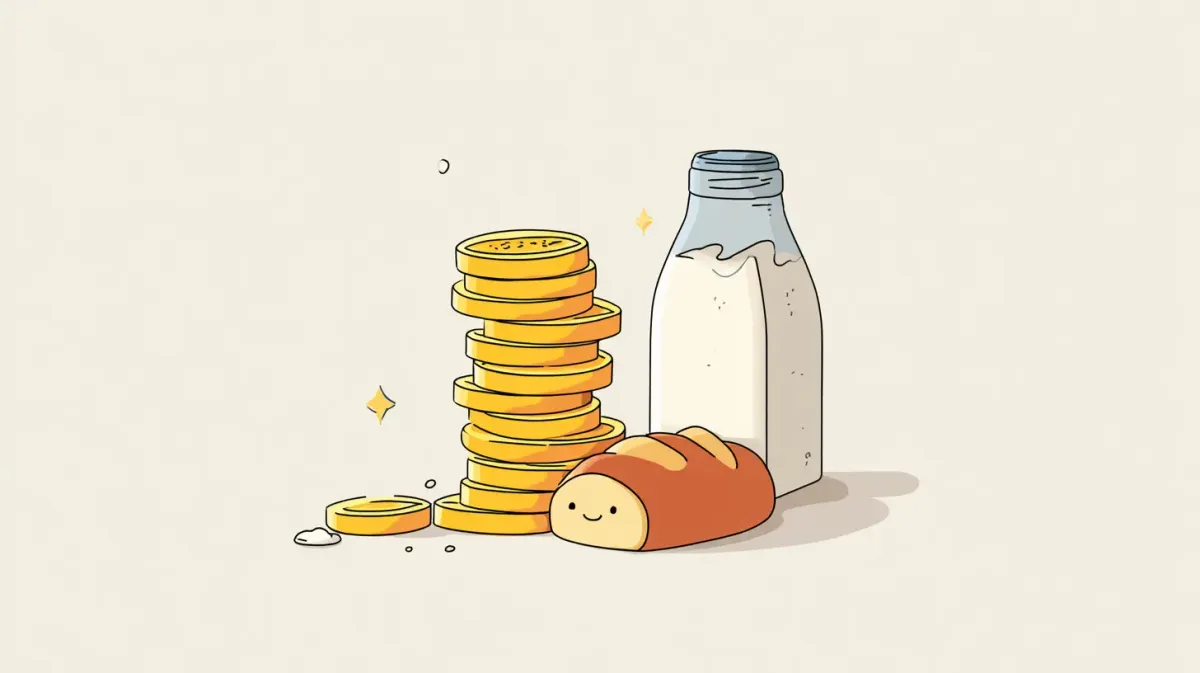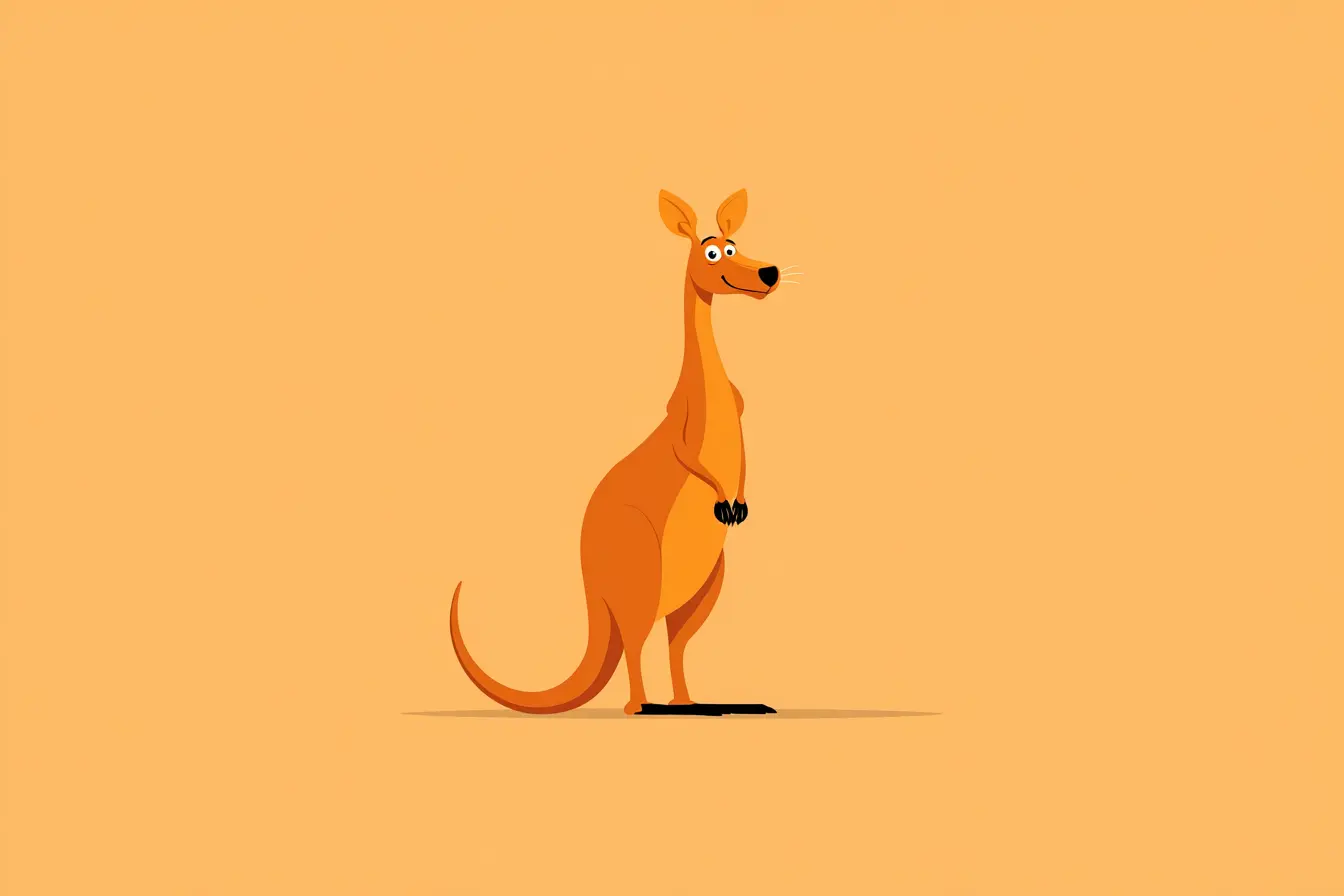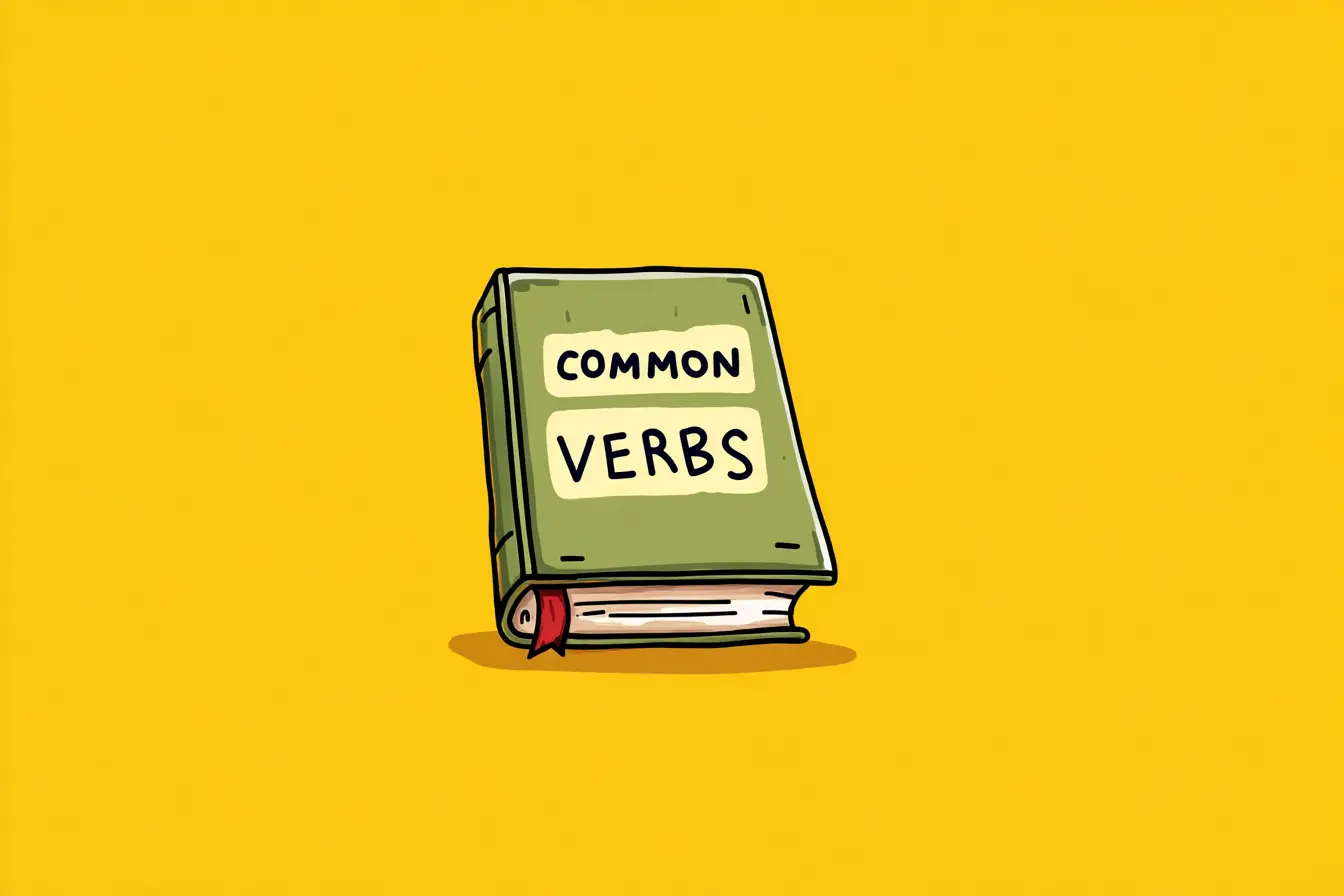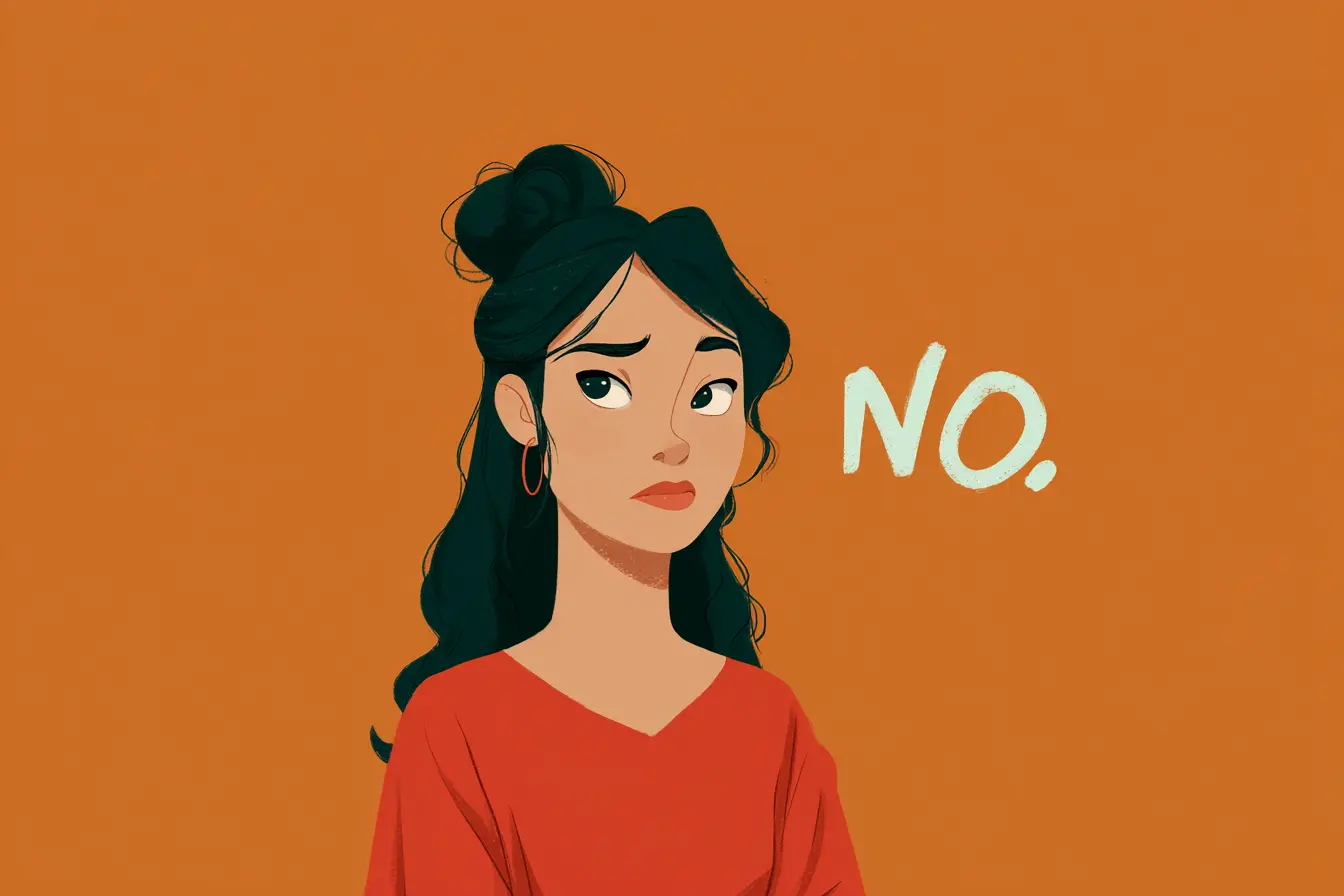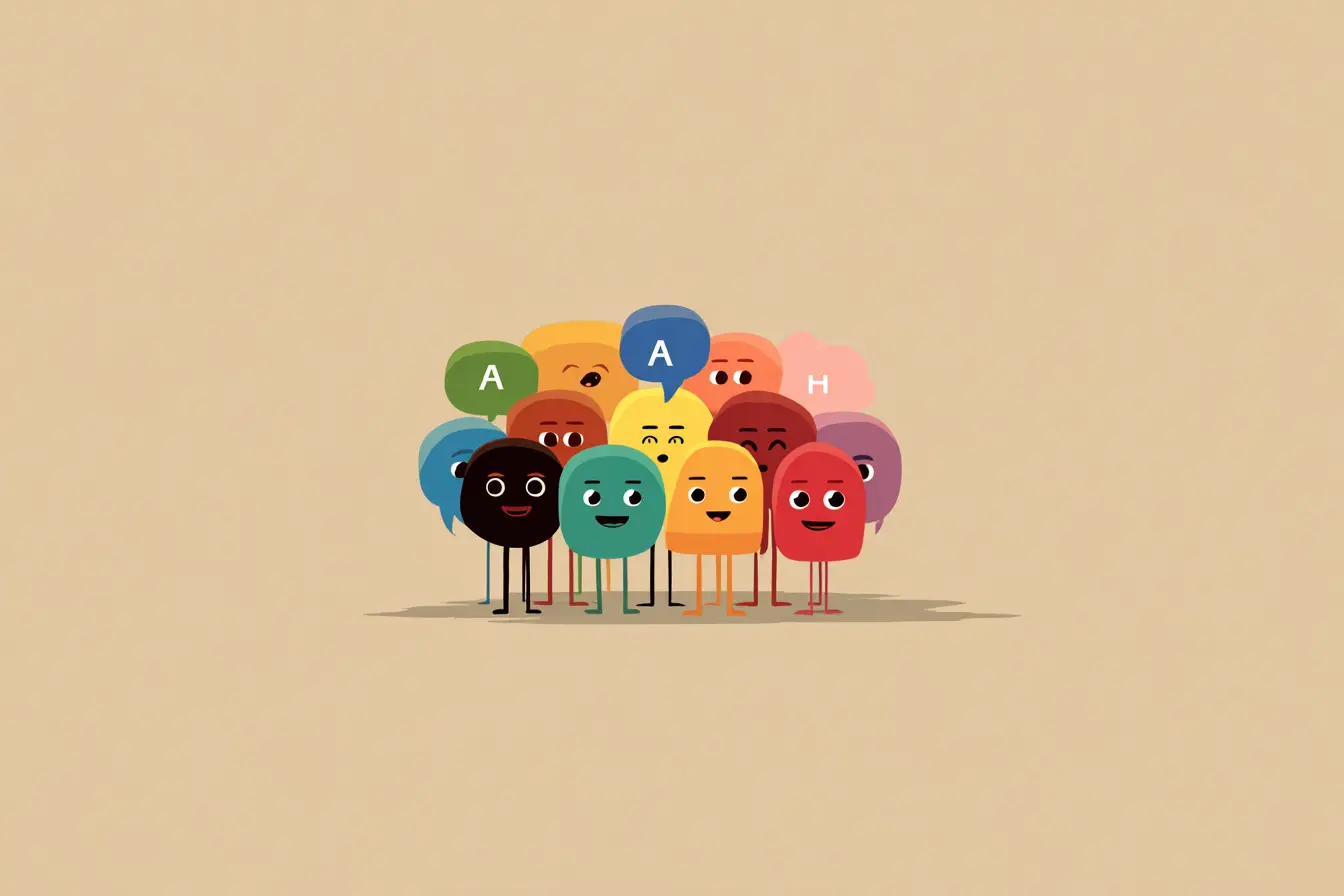English learners often stumble over one little question: Can I count this or not?
It might seem simple, but understanding the difference between countable and uncountable nouns can change the way you speak and write. Once you get the hang of it, your grammar will sound smoother, your descriptions clearer, and your confidence stronger.
This guide breaks it all down: what they are, how to use them, and how to stop second-guessing yourself when it comes to words like bread, money, or water.
What’s the Difference?
Here’s a quick snapshot to get you started:

Let’s go deeper into each.
Countable Nouns: Things You Can Count One by One
A countable noun refers to something you can count with numbers. These nouns have both singular and plural forms. You can say “a dog” or “three dogs,” “one idea” or “several ideas”. Simple, right?
🟢 Countable noun examples:
- She owns two laptops.
- I saw a bird in the park.
- They have a few questions.
You can also use expressions like “many”, “a few”, or “several” with them.
Uncountable Nouns: Things That Come in a Mass
So, what is uncountable noun usage all about? These are nouns that represent things you can’t count individually. Think of liquids, substances, or abstract concepts. You won’t say “an information” or “three milks”, that just sounds odd in English.
🟠 Uncountable noun examples:
- We drank some water after the hike.
- She gave me useful information.
- I don’t take sugar in my coffee.
These nouns don’t use “a” or a number directly. Instead, use some, much, a little, or specific units (like “a glass of,” “a spoon of,” etc.).
Quick Quiz: Is It Countable or Not?
Let’s test your instincts. Check out these common words:
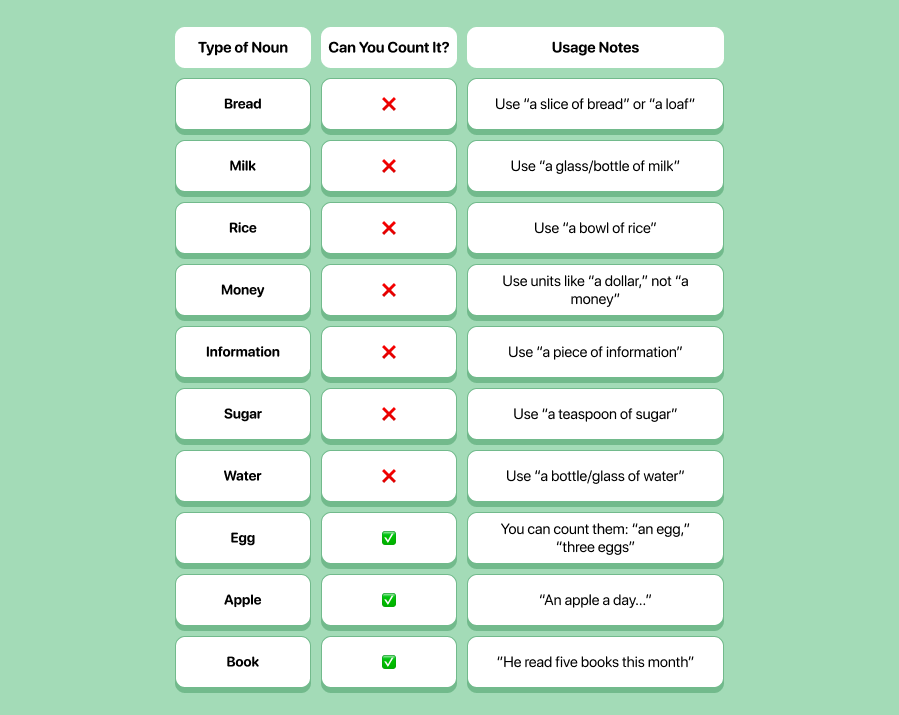
If you want to learn more tricky uncountable nouns, here’s a helpful video for you.
Countable and Uncountable Food
Food words can be tricky. Some of them flip between countable and uncountable depending on how they're used.
Examples:
- Cake as a substance: "I had some cake." (uncountable)
- Cake as a whole item: "We bought two cakes for the event." (countable)
Same goes for:
- Chicken: “some chicken” (meaning the meat, uncountable) vs “a chicken” (meaning the animal, countable)
- Cheese: “some cheese” (uncountable) vs “many cheeses” (types, countable)
- Coffee: “some coffee” (drink, uncountable) vs “two coffees” (cups, countable)
Making Uncountables Countable
Just because a noun is uncountable doesn't mean you’re stuck. You can count it by pairing it with a unit or a container.
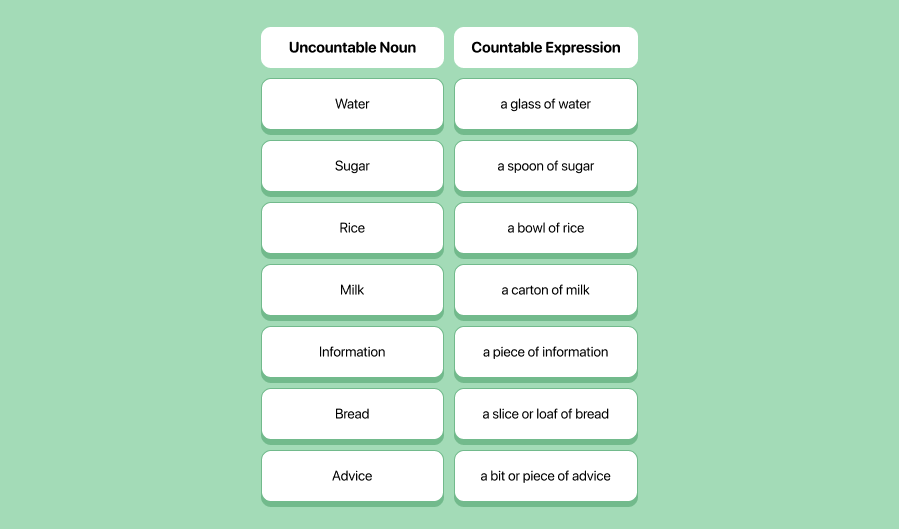
This trick makes your sentences clearer and more natural.
Common Mistakes and How to Fix Them
🚫 “I have an information.”
✅ “I have some information” or “a piece of information.”
🚫 “There are too much apples.”
✅ “There are too many apples.”
🚫 “She doesn’t eat many rice.”
✅ “She doesn’t eat much rice.”
💡 Remember:
- Use “many” with countable nouns.
- Use “much” with uncountables.
Final Cheat Sheet: Quick Rules
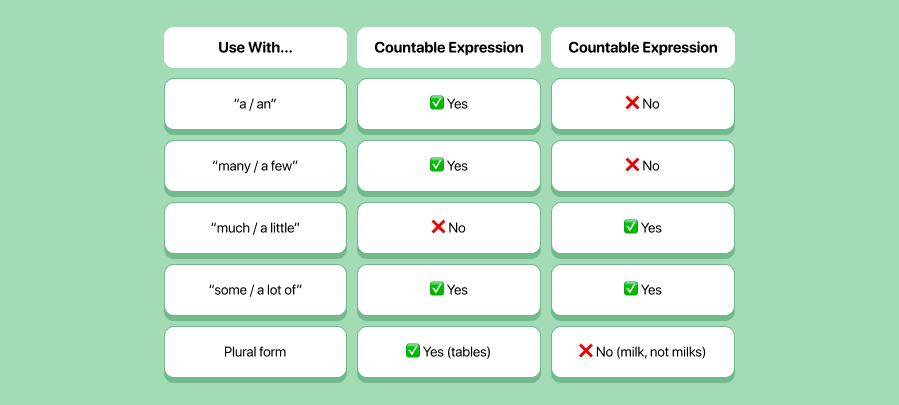
Understanding the definition of countable and uncountable nouns helps you express amounts clearly and correctly in English. If you can count it (like eggs or books), it’s countable. If you can’t (like money, water, or information), it’s uncountable, and you’ll need to use other words to talk about quantity.
FAQ
Is bread countable or uncountable?
Bread is uncountable.
You can’t say “two breads”. Instead, talk about a slice of bread, a loaf of bread, or some bread. These phrases help you express quantity correctly.
Is milk countable or uncountable?
Milk is uncountable.
You can’t count milk itself, but you can say a glass of milk, a bottle of milk, or just some milk. The container or portion makes it countable.
Is rice countable or uncountable?
Rice is uncountable.
Although rice is made up of many grains, we treat it as a mass noun in English. So we say a bowl of rice, some rice, or a serving of rice, but not “a rice” or “two rices”.
Is money countable or uncountable?
Money is uncountable.
You can’t say “a money” or “two moneys.” Instead, count the specific units: a dollar, ten euros, or five coins. But “money” itself stays singular and uncountable.
